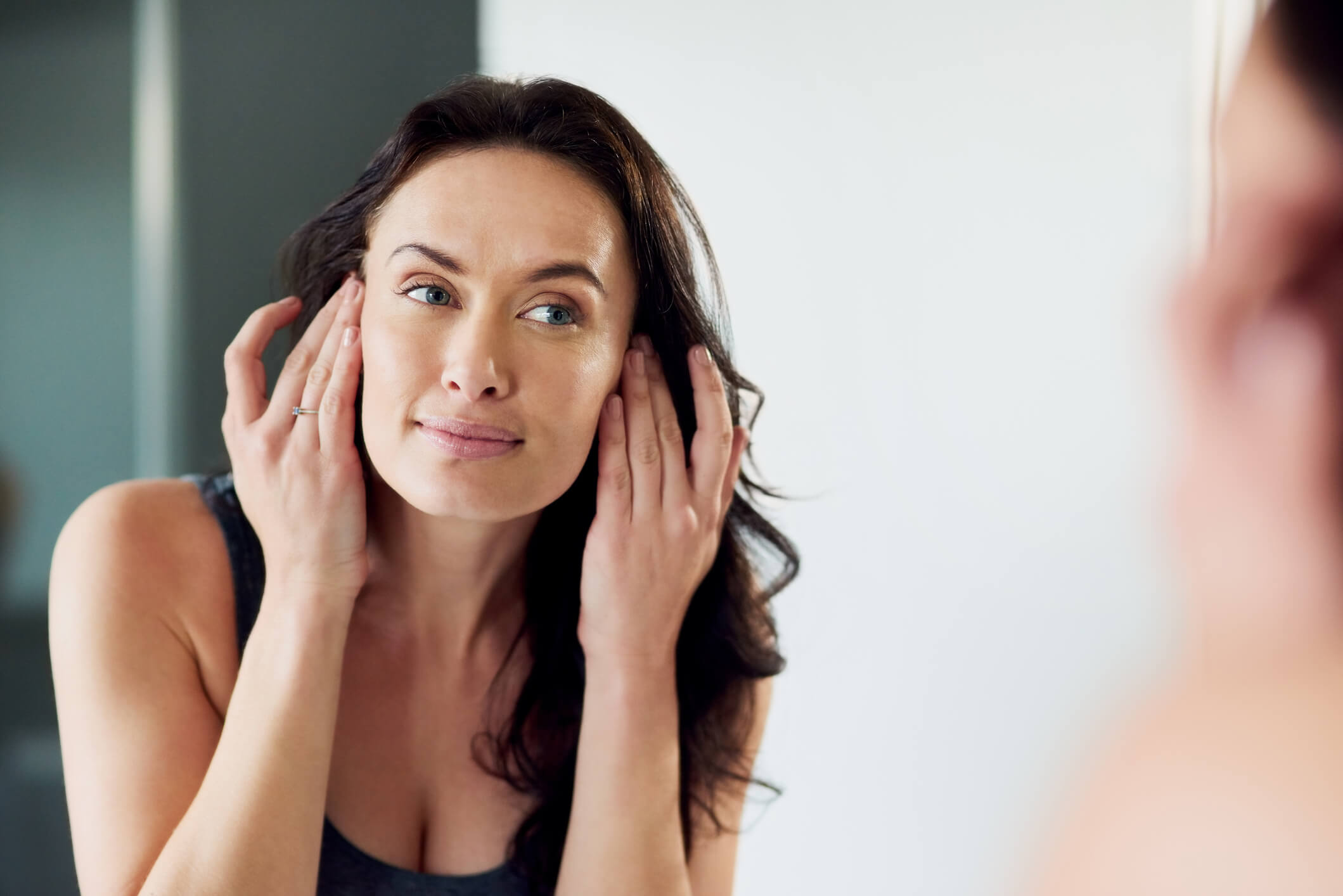What is normal after a facial volume treatment?
It’s completely natural to have some concerns about what to expect after your facial volume treatment. While these treatments are designed to provide subtle and natural-looking results, it’s important to remember that your body may have temporary reactions during the recovery phase. These responses are a normal part of the aftercare process and can vary from person to person. Knowing what’s typical and understanding the basics of post-treatment care can help you feel more comfortable during recovery and support long-term results.
Immediately following your appointment, you may notice several common symptoms. These effects are generally mild and short-lived, but it’s essential to be aware of them so you can care for the treated area properly and avoid unnecessary worry. Below is a list of what you might experience:
- Mild Swelling: Swelling in the treatment area is normal due to the procedure itself. Swelling typically peaks within the first 24-48 hours and subsides over a few days. Applying a cool compress can help reduce discomfort and minimise swelling in the area.
- Bruising: Bruising around the treated site is common and varies from person to person. To minimise bruising, avoid blood-thinning medications like aspirin and certain supplements as advised during your consultation. For added support, some patients find arnica helpful in reducing bruising. Bruises generally fade within a week.
- Tenderness: The treated area may feel tender or sensitive for a few days following the procedure. This tenderness is normal and should gradually improve. Avoid touching, pressing, or massaging the area until advised by your practitioner to promote proper healing.
- Redness: Slight redness around the site is common, particularly immediately after your session. Redness usually fades within a few hours to a day, leaving your skin looking smooth and rejuvenated.
- Lumps or Firmness: It’s not unusual to feel small lumps or areas of firmness under the skin. These should soften and blend into the surrounding tissue within a week or two. If recommended by your practitioner, gentle massage may assist this process.
- Minor Itching: A mild itching sensation may occur as the skin adjusts. This sensation should be temporary and typically subsides within a few days. If itching continues or worsens, contact us for guidance on how to care for your skin.
While these symptoms are all part of the typical healing process, it’s important to follow the recommended aftercare instructions closely to ensure a smooth recovery. If you experience any unusual or severe side effects, such as intense pain, excessive swelling, or signs of infection, be sure to contact your provider immediately for further evaluation.

Aftercare: Do’s and Don’ts
As mentioned earlier, these non-surgical cosmetic treatments are relatively safe. To ensure that you get lasting results, aftercare is crucial. Here are a few do’s and don’ts:
DOs:
- Cleanse your face as normal.
- Cool compress and antihistamine medication will reduce swelling.
- The day after treatment, you can use concealer to cover bruises, and arnica or Hirudoid cream to fade them. You can commence using your regular makeup routines.
DON’Ts:
- No intense exercise, alcohol, active skincare, or makeup for the rest of the day following treatment.
- No international flights for three days.
- No swimming, saunas, or facials for the first week.
- No dental treatment for one month.
- No face-down massage for one month if you have had cheeks, brows, or chin treated.
- No sunglasses for 10 days if you have had the nose treated.
What should I Watch Out for?
While complications are rare, it’s crucial to be aware of certain signs that could indicate an infection or a more serious issue, such as compromised circulation. These conditions require immediate attention to prevent further complications. If you experience any of the following symptoms after your treatment, it’s essential to contact Dr. Scott Allison right away for prompt evaluation and care:
- Large or rapidly spreading bruises: While minor bruising is normal, unusually large or spreading bruises may signal a more serious issue.
- Mottled, red, purple, or white discoloration of the skin: Any changes in skin color near the treated area, especially if they appear blotchy or uneven, could indicate compromised blood flow.
- Increasing or severe pain: Mild discomfort is normal, but escalating or persistent pain may be a sign of an underlying problem.
- Blisters or pustules: The appearance of blisters or pustules near the area can be a sign of infection and requires immediate attention.
If you notice any of these symptoms, please contact us at Dr. Scott Allison immediately using the emergency contact number provided during your consultation. Effective aftercare, early detection, and treatment are key to ensuring your safety and a successful outcome.


